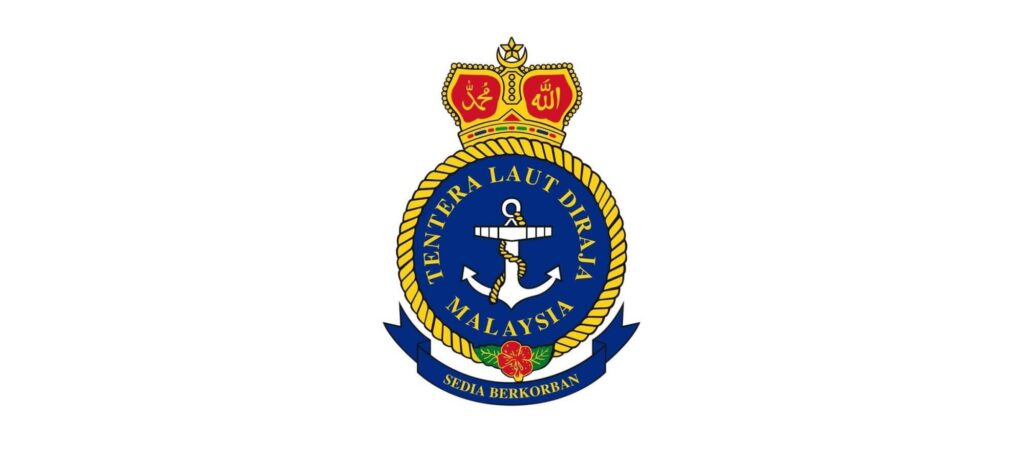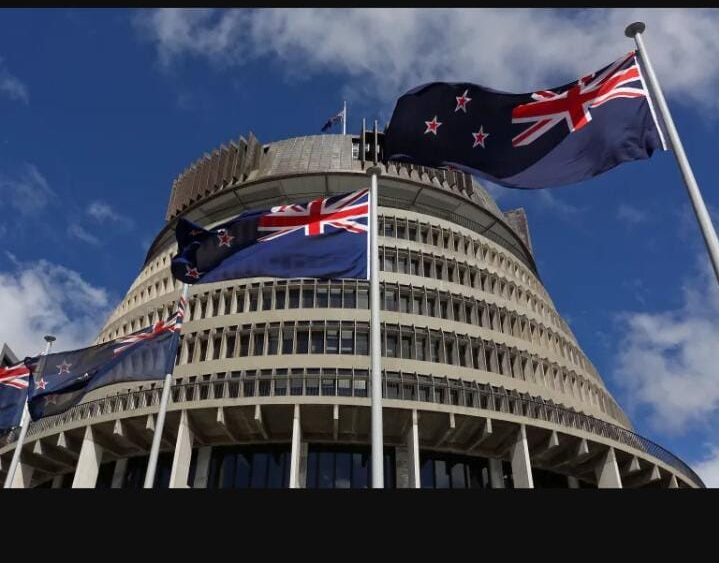
The Royal Malaysian Navy (RMN) stands as a stalwart guardian of Malaysia’s maritime interests, boasting a rich history and a commitment to modernization. From its humble beginnings as the Straits Settlement Royal Naval Volunteer Reserve to its current role as a formidable naval force, the RMN has evolved to meet the challenges of the modern era while honoring its legacy of service and sacrifice.
Historical Roots:
The journey of the RMN traces back to the formation of the Straits Settlement Royal Naval Volunteer Reserve in 1934, established to bolster the defense of Singapore amidst rising geopolitical tensions in Asia. Throughout World War II, indigenous Malay personnel joined the ranks of the Malay Navy, forming the basis of the naval force in Malaya. Post-war economic constraints led to the disbandment of the Malay Navy in 1947, only to be reactivated as the Malayan Naval Force in 1948 during the Malayan Emergency.
Independence and Evolution:
With the attainment of independence in 1957, the Royal Malayan Navy was born, assuming responsibility for the nation’s maritime self-defense. Renamed the Royal Malaysian Navy in 1963 following the formation of Malaysia, the RMN embarked on a path of modernization and expansion. The acquisition of vessels such as the Keris-class patrol boats and the Perkasa-class patrol boats bolstered its capabilities, while the renaming of HMS Loch Insh as KD Hang Tuah symbolized Malaysia’s naval identity.
Malaysianization and Progress:
In the 1970s, efforts to Malaysianize the navy’s leadership marked a significant shift, culminating in the appointment of Rear Admiral Datuk K. Thanabalasingam as Chief of Navy. The acquisition of assets like the frigate HMS Mermaid and missile boats from France and Sweden enhanced the RMN’s operational reach. The RMN’s involvement in anti-piracy efforts in the Gulf of Aden underscored its commitment to regional security.
Modernization and Preparedness:
The late 1980s saw the RMN’s modernization efforts gather pace, with the procurement of Laksamana-class corvettes and Lekiu-class frigates. Subsequent acquisitions, including Scorpène-class submarines and Kedah-class offshore patrol vessels, positioned the RMN as a formidable maritime force in the region. The navy’s role in securing Malaysia’s waters during the Lahad Datu standoff highlighted its readiness and resolve in the face of threats to national security.
Conclusion:
The Royal Malaysian Navy stands as a beacon of maritime strength and sovereignty, embodying a legacy of service, sacrifice, and progress. From its inception to its current stature, the RMN remains steadfast in its mission to safeguard Malaysia’s maritime interests and uphold regional stability. As the nation charts a course towards the future, the RMN stands ready to meet the challenges ahead with unwavering dedication and professionalism.
Related Article:
Tragedy Strikes: Malaysian Navy Helicopters Collide in Mid-Air, 10 Killed
Subscribe to Follow Global Trends for daily global news
Make Money Online Working Remotely
To Advertise, send a mail to advertise@followglobaltrends.com
Find Out How To Make Money As A Full Time Writer/Blogger
Written By Joe Brens

